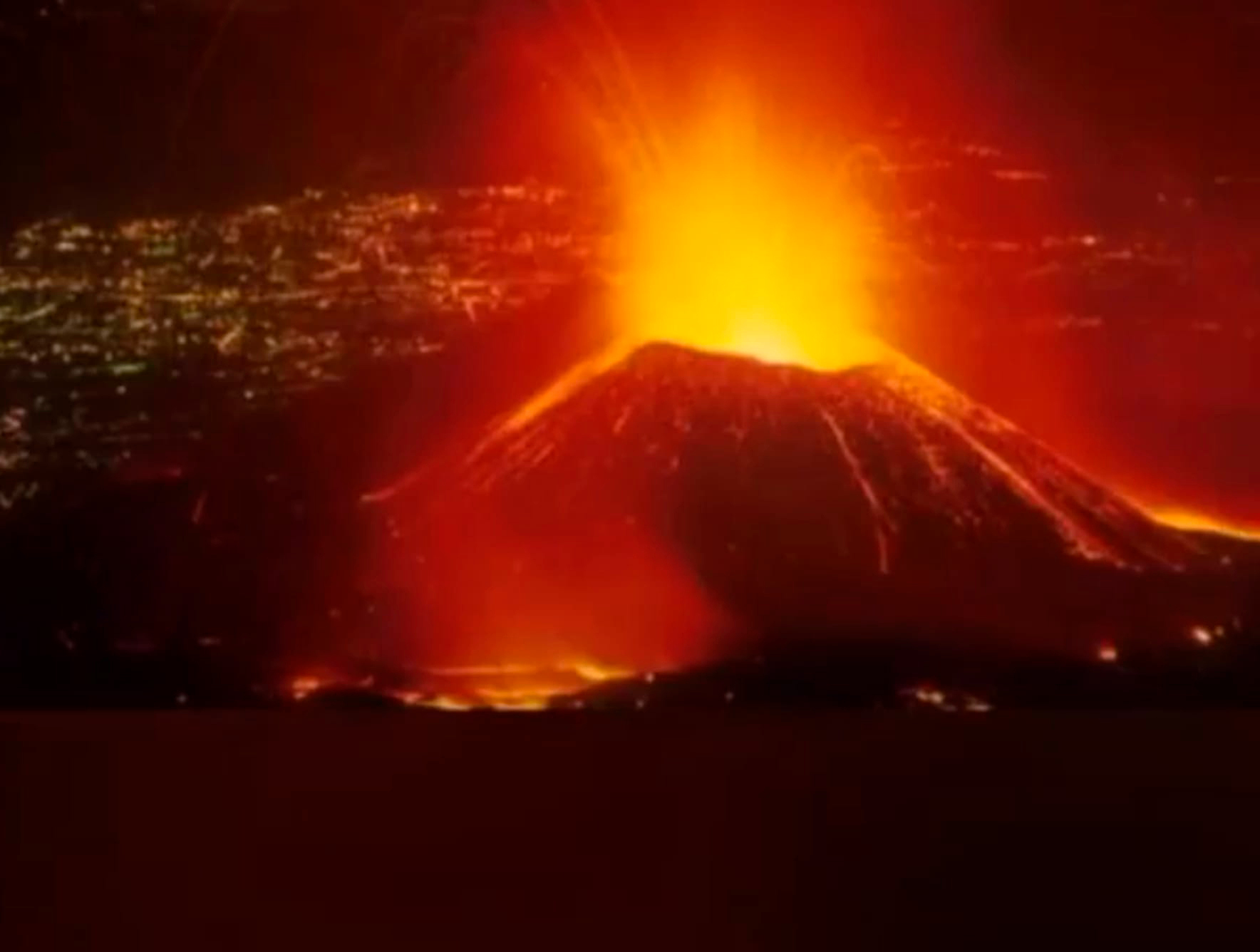Regional
Mt Nyiragongo eruption: No risk of methane gas explosion in nearby Lake Kivu

There is no risk of the
methane gas in Lake Kivu igniting and exploding from underneath, according to
the Rwanda Environment Management Authority (REMA), which has continued
monitoring the lake following the May 22 eruption of Mount Nyiragongo, one of
the world's most active and deadly volcanoes.
The Lake Kivu monitoring team from REMA based in Rubavu District, in Rwanda, concluded that there is no imminent risk of gas outburst expected in Lake Kivu following Nyiragongo volcano eruption. The team is "confident with the results" after measurements and evaluation carried out on the Lake to assess the probable impact of the eruption on Lake Kivu.
Lake
Kivu stable
As noted, the lake also
continues to be as stable as it has always been. “Parameters revealed that the
environment remained favorable for aquatic life after the Nyiragongo eruption,”
REMA reported.
The REMA team carried out
Physico-chemical measurement of water including temperature, conductivity,
oxygen, chlorophyll, and pH, the results “show that the Lake is still
stable," and no change was encountered during the measurement period - May
22 to 27.
During the Nyiragongo eruption, REMA noted, many people kept expressing concerns on the impact Nyiragongo eruption would have on Lake Kivu. According to earlier reports, especially from international media, scientists were worried about the magma detected underneath the lake as it could result in what is called a limnic eruption. The latter involves the release of dissolved gases such as carbon dioxide (CO2) and methane in the lake. The REMA assessment allays all these fears.
"The lava did not flow
in the direction of the Lake, and it gave the assurance that effects of the
eruption would not be substantial to the stability of the Lake," REMA
noted. The volcano eruption immediately caused panic in the eastern city of
Goma, capital of the Democratic Republic of the Congo's North Kivu province,
six miles away, forcing thousands of residents to flee the city of Goma. At
least 30 people reportedly died when the volcano first erupted.
Soon after the volcanic
eruption, the area experienced a series of earthquakes and tremors, some being
felt as far away as the Rwandan capital, Kigali, nearly 65 miles away. The
urbanised shores of Lake Kivu, Congolese officials worried, were still facing a
number of risks, including further earthquakes, toxic volcanic dust, and the
possibility of a secondary volcanic eruption.
Goma, situated at the edge of
Lake Kivu on the DRC's border with Rwanda, and home to nearly one million
people, became a deserted city for the better part of the days following the
initial volcanic eruption.
Goma neighbours Rwanda's
third largest city, Gisenyi, in Rubavu District. This Rwandan city with a
population of more than 110,000 people was also rattled by the effect of the earthquakes.
Rubavu District, in western Rwanda, experienced earthquakes that ravaged some
infrastructure and destroyed people's properties. Nearly 14,000 people from DRC
fled to neighbouring Rwanda following a warning of a second eruption.
Air
quality also stable
From May 27 to 29, another
team from REMA was in Rubavu District to monitor the air quality pollutants
associated with the Nyiragongo eruption.
Preliminary findings indicate
that all target parameters for air quality are falling in acceptable range. "REMA's
Lake Kivu monitoring team continues to work closely with Rwanda Mines,
Petroleum and Gas Board (RMB) and international scientists to monitor if there
would be any valuable risk that may arise from the seismic activity on the Lake
ecosystem."
In the meantime, REMA noted,
the general public and communities around Lake Kivu are recommended to follow
and consider timely and effective official information on the situation. The
deep waters of the lake contain high amounts of dissolved methane and carbon
dioxide, with a reported high risk for local populations in case of release.
However, according to REMA,
the dissolved methane is a valuable natural resource that is extracted and
exploited as a renewable energy for electricity production in Rwanda.

